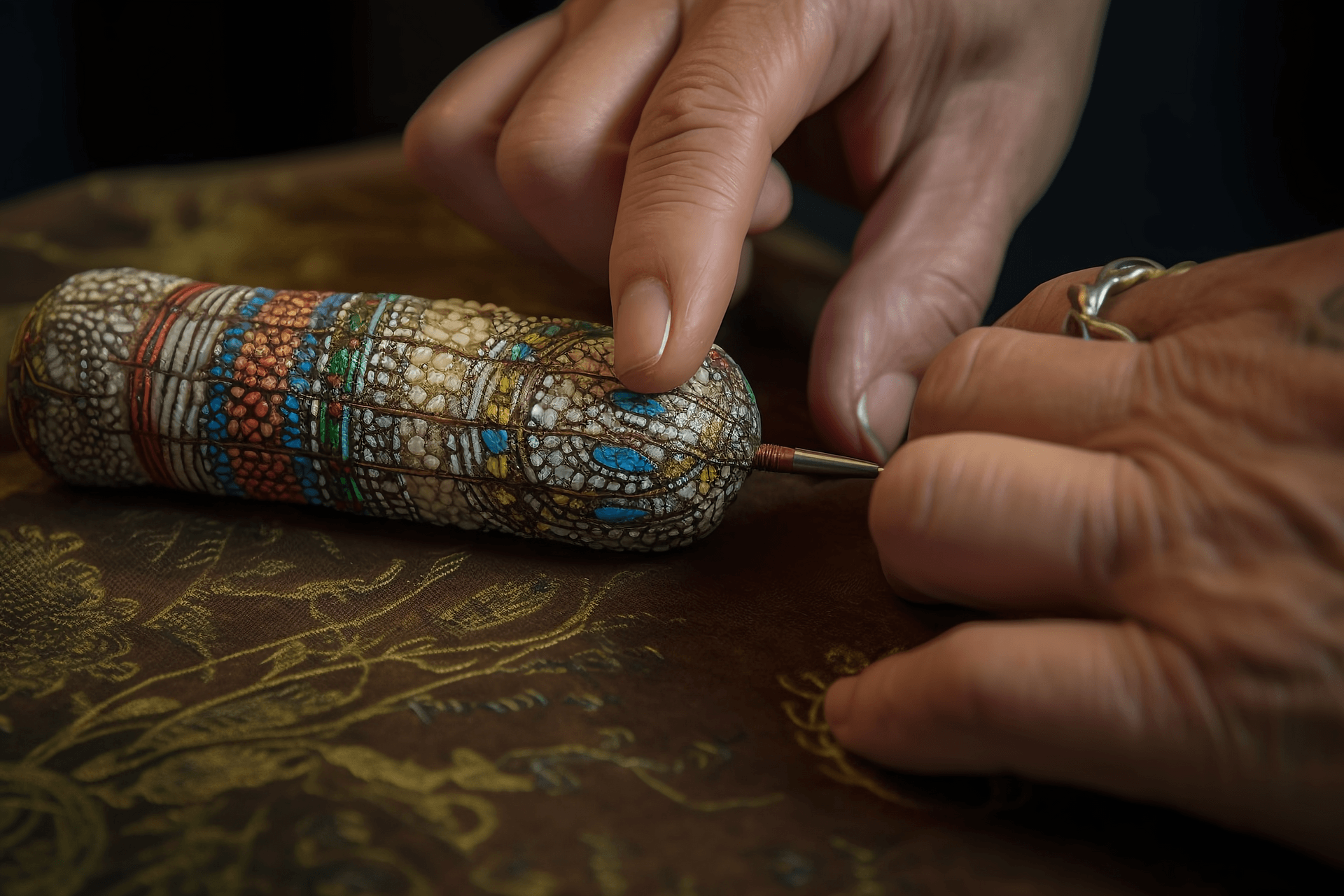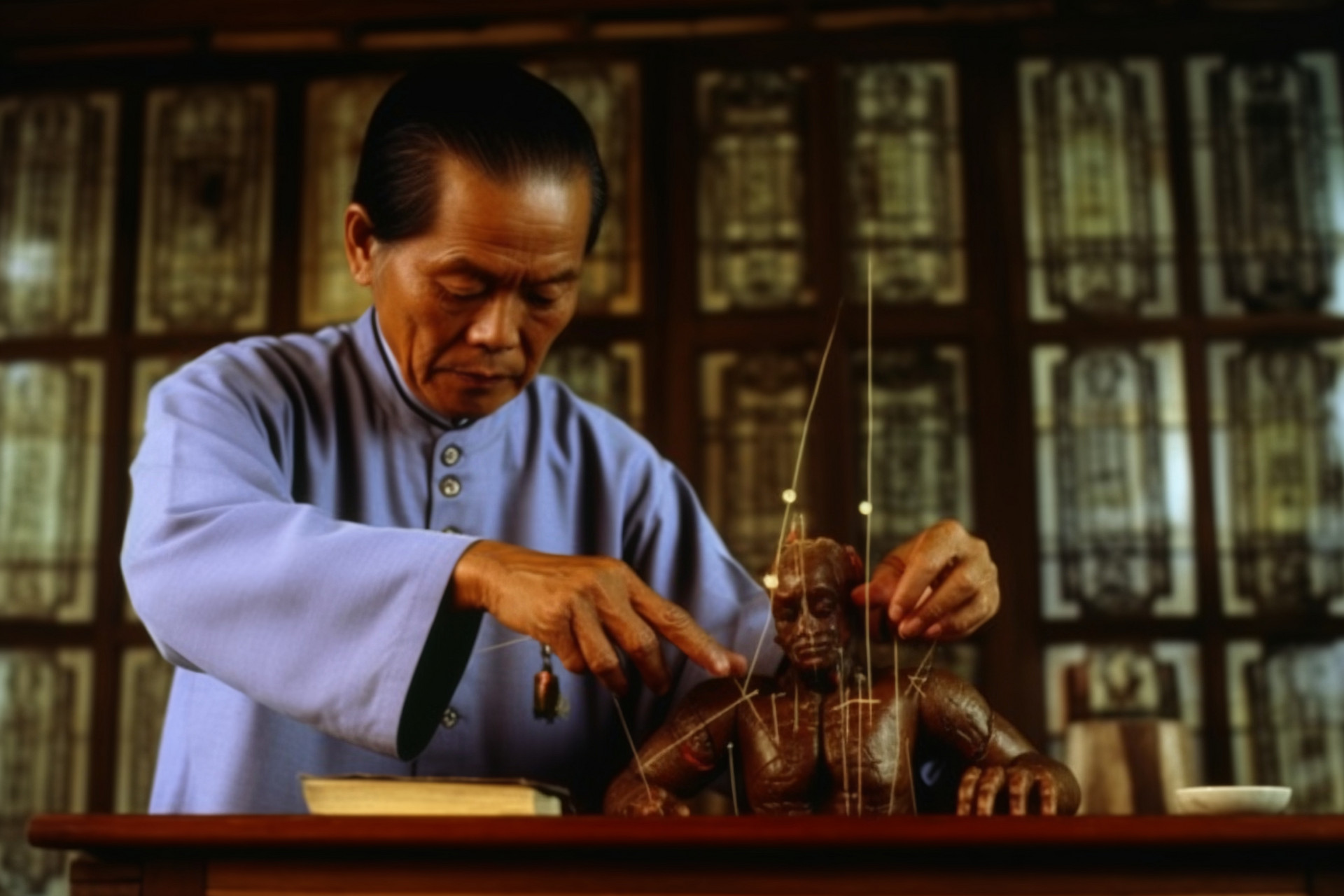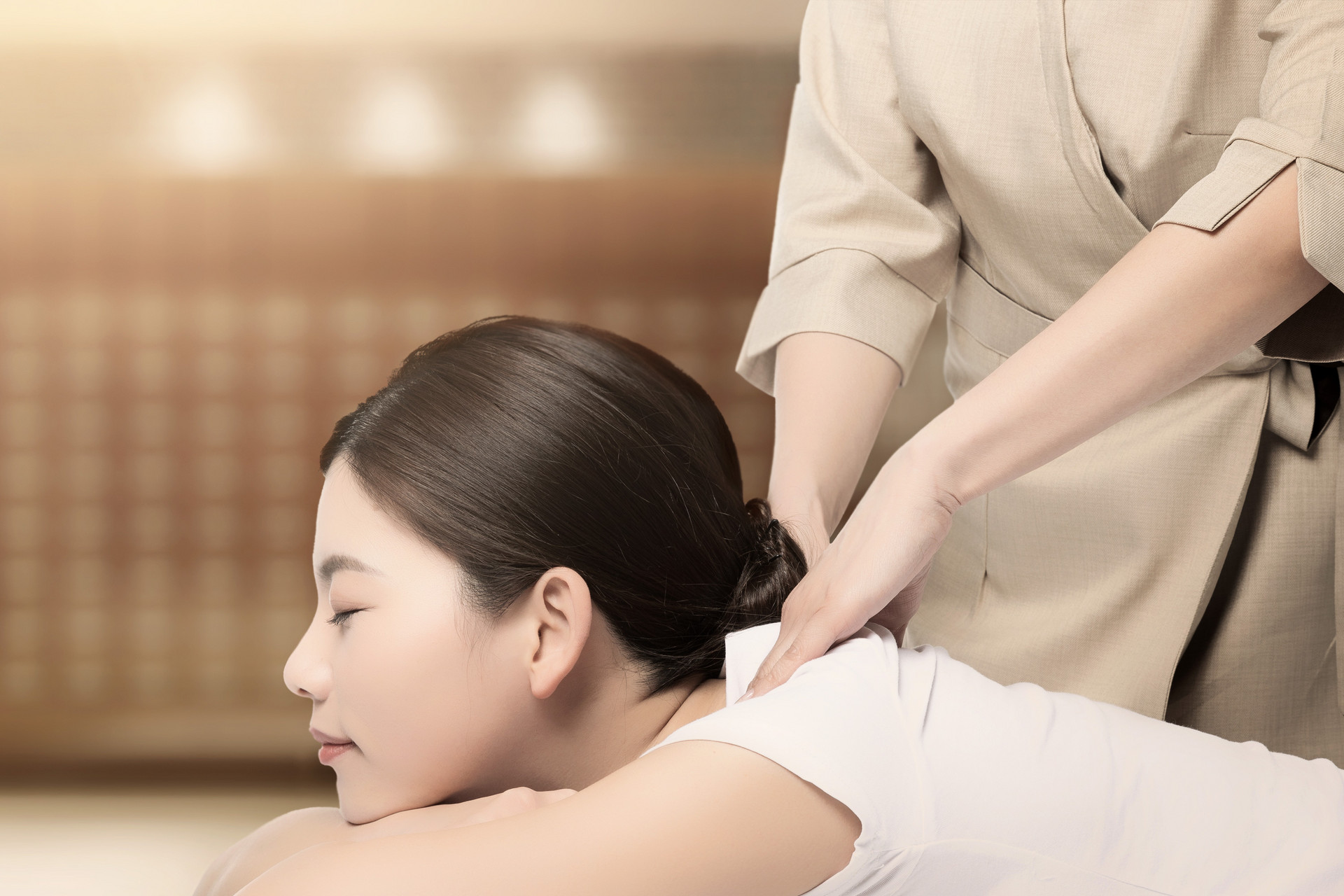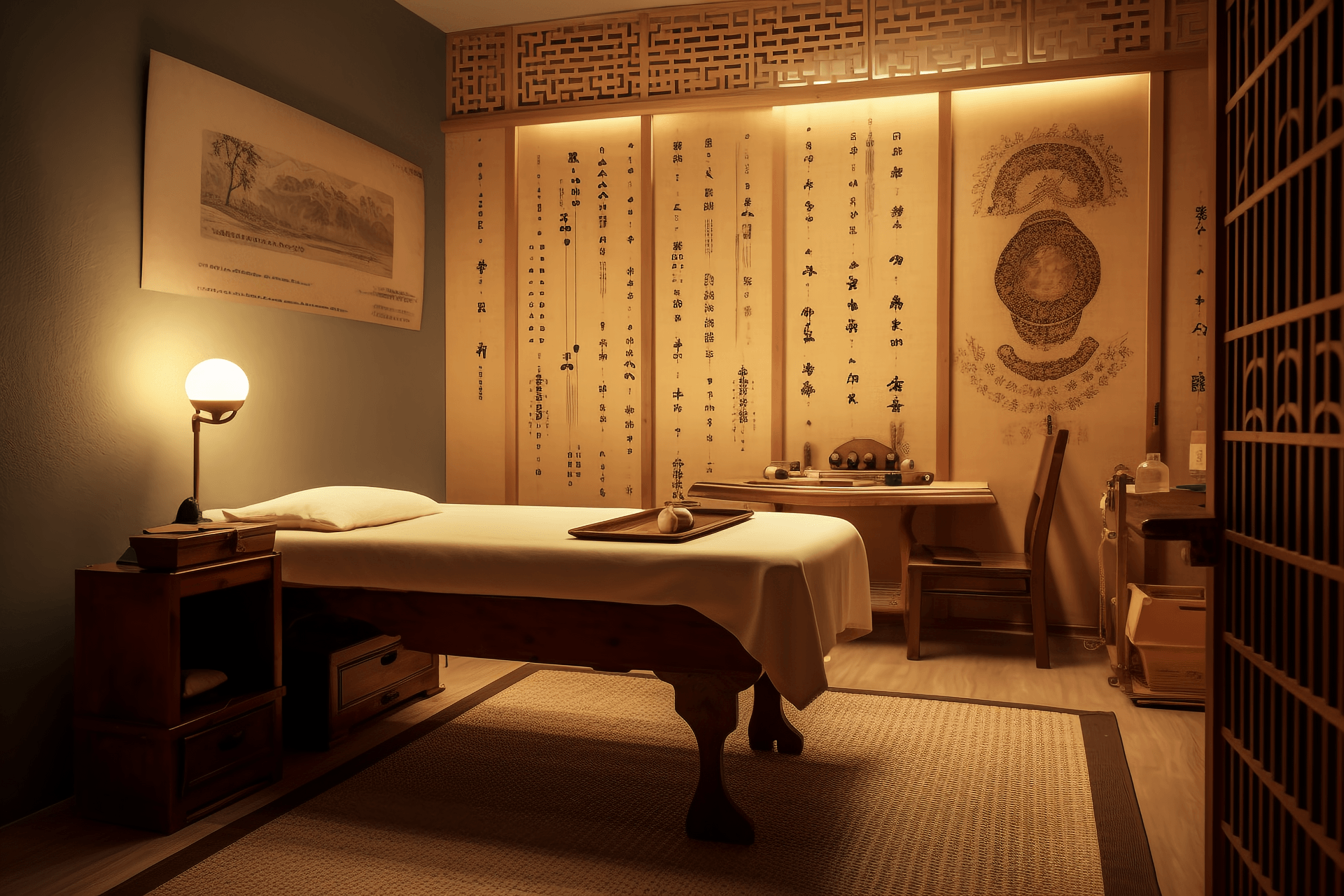Ear acupuncture therapy is a method of stimulating acupuncture points on the auricle using needles or moxibustion to treat systemic diseases. Ear acupuncture originated from traditional Chinese medicine and integrates modern anatomy and physiology. It is closely related to the theory of viscera, meridians, and collaterals in traditional Chinese medicine, as well as modern anatomy and physiology. The mechanism of action is explained from the perspective of viscera and meridians in traditional Chinese medicine, while modern medicine explores it from the perspective of nerve and humoral theories. Both theories are still in the early stages and need to be further developed into a complete system. As early as the "Eleven Meridians Acupuncture Classic", there were records of "ear meridians". The "Huangdi Neijing" also discussed in detail the relationship between the ear and meridians, meridian branches, meridian muscles, and the qi and blood of the viscera. It also mentioned the experience of diagnosing and treating diseases through the ear. For example, in the "Ling Shu • Pathogenesis of Evil Qi and Visceral Diseases", it states: "The twelve meridians and 365 collaterals, their qi and blood all ascend to the eyes and run through the orifices... They branch out to the ears and become hearing...". Later medical practitioners have also explored the mechanism of diagnosing and treating diseases through the ear. For example, the "Tai Ping Sheng Hui Fang" states: "The ear is where the meridians converge. If the essence and qi are harmonious, the kidneys will be strong, and the ears can hear the five sounds. If the qi and blood are depleted... the ears will become deaf, but all the five viscera, six bowels, and twelve meridians have collaterals in the ear." In 1957, French medical doctor P. Nogier published the world's first ear acupuncture chart that resembled an inverted embryo, providing a more comprehensive theoretical basis for the diagnosis and treatment of diseases through ear acupuncture.
Literature on the close connection between the ear and meridians can be found in various chapters of the "Ling Shu" such as "Meridians," "Meridian Branches," and "Meridian Muscles." Some meridians directly enter the ear, such as the "Small Intestine Hand Taiyang Meridian... its branches... enter the ear." "Triple Burner Hand Shaoyang Meridian... its branches... go straight up from the back of the ear, come out from the upper corner of the ear... its branches... enter the ear from the back and go out to the front of the ear." There are also meridians distributed around the ear, such as the "Stomach Foot Yangming Meridian... above the front of the ear." The "Bladder Foot Taiyang Meridian... its branches... go from the crown to the upper corner of the ear." Meridian branches that enter the ear include the "Hand Yangming Divergent Meridian... its divergence enters the ear and joins the meridian." Those that spread behind the ear include the "Hand Pericardium Regular Meridian... come out from behind the ear." Meridian muscles that enter the ear include the "Hand Taiyang Muscle Meridian... its branches... enter the ear. The straight one comes out from the upper part of the ear." "Foot Shaoyang Muscle Meridian... its branches... go from the cheek to the front of the ear." "Hand Shaoyang Muscle Meridian... its branches... follow the front of the ear." In addition, the meridians of the Hand and Foot Shaoyin, Foot Taiyang, and Foot Yangming also converge in the ear. It can be seen that the meridians that run in front of the ear are most closely related to the Hand and Foot Yangming Meridians. Although the six Yin meridians do not directly enter the ear, they are connected to the Yang meridians and ear through meridian branches. The ear is not only closely related to meridians but also closely connected to the viscera. For example, the "Su Wen • Methods of the Organs and the Seasons" states: "In liver disease... if there is deficiency... the ears will hear nothing... if the qi rebels, there will be headaches and deafness." The "Su Wen • Jade Machine True Organs Theory" also states: "The spleen... if it is deficient, it will cause the nine orifices to be blocked." The "Nan Jing • Forty Difficulties" says: "The lungs govern the voice, allowing people to hear sounds." The "Ling Shu • Pulse Measurements" states: "The kidney qi communicates with the ears. If the kidneys are in harmony, the ears can hear the five sounds." The "Su Wen • Evaluation of Heat, Deficiency, and Excess" states: "Headaches, tinnitus, blocked nine orifices, and intestinal and stomach disorders."
From this, it can be understood that the ear is closely related to the systemic viscera and meridians. When the viscera undergo pathological changes, there will be corresponding reactions in the corresponding areas of the auricle through the reflection and conduction of the meridians, and treatment is performed accordingly.
[Operational Method]
I. Surface Anatomy of the Auricle
Front of the Ear
Helix: The curled part of the edge of the auricle, slightly raised at the upper back is called the "helical tubercle," the transverse protrusion inside the helix is called the "helical foot," and the junction of the helix and the earlobe is called the "helical tail."
Antihelix: The inner side of the helix has a forked raised part, the upper fork is called the "upper antihelix foot," and the lower fork is called the "lower antihelix foot."
Triangular Fossa: The triangular depression between the upper and lower antihelix feet.
Concha: The groove between the helix and the antihelix.
Tragus: The protrusion in the front of the auricle.
Supratragic Incisure: The depression between the upper edge of the tragus and the helical foot.
Antitragus: The upper part of the earlobe, the raised part opposite the tragus.
Intertagric Incisure: The depression between the earlobe and the antitragus.
Intertagric Incisure: The depression between the antitragus and the helical foot.
Earlobe: The lower part of the auricle without cartilage.
Auricular Concha: The recess formed by the antitragus and the curved body of the antihelix and the lower antihelix foot. The part above the helical foot is called the "auricular concha tubercle," and the part below the helical foot is called the "auricular concha cavity."
External Auditory Meatus Opening: The opening in the auricular concha, covered by the tragus.
Root of the Ear: The auricle.
(Pages at the bottom: | 1 2 3 > >>|)











